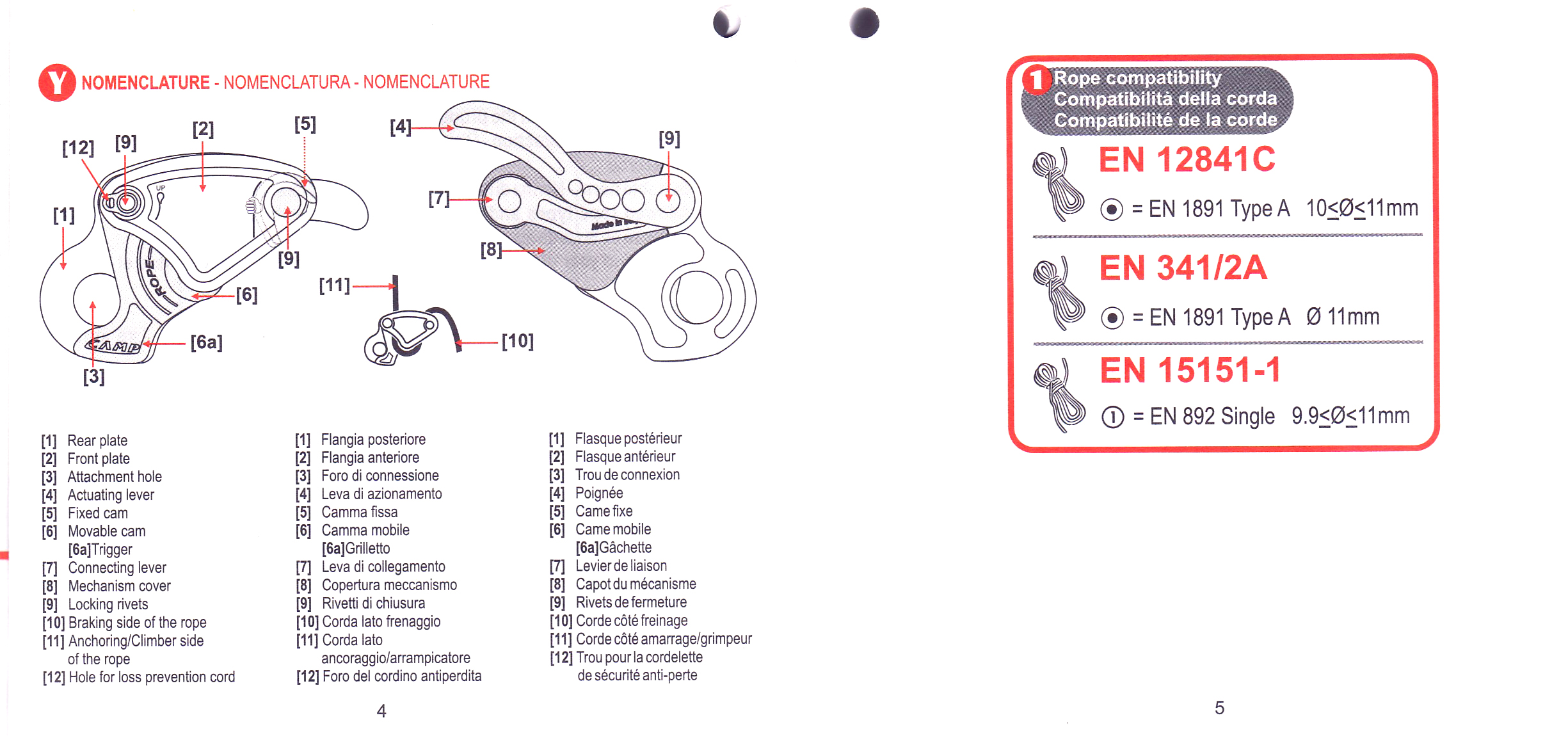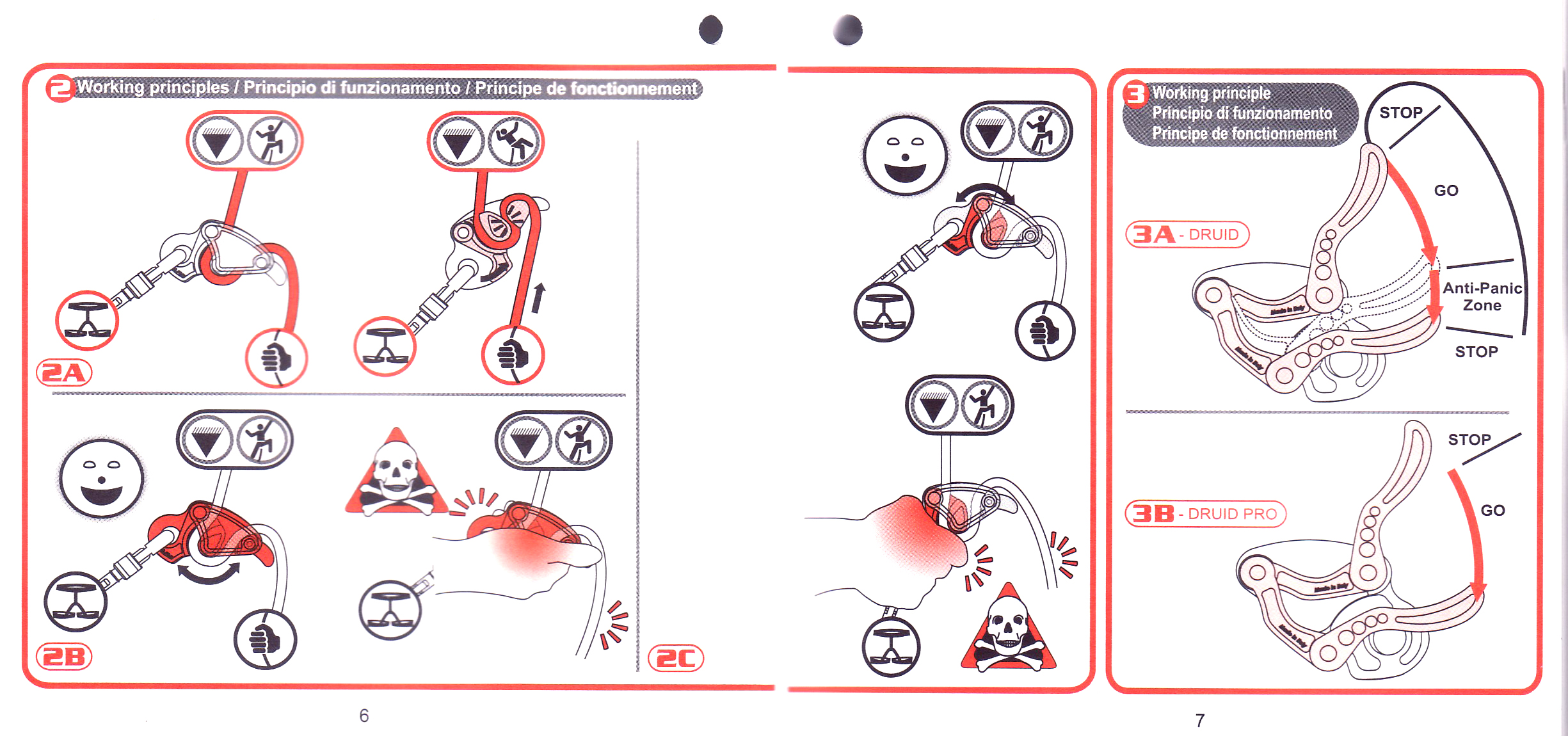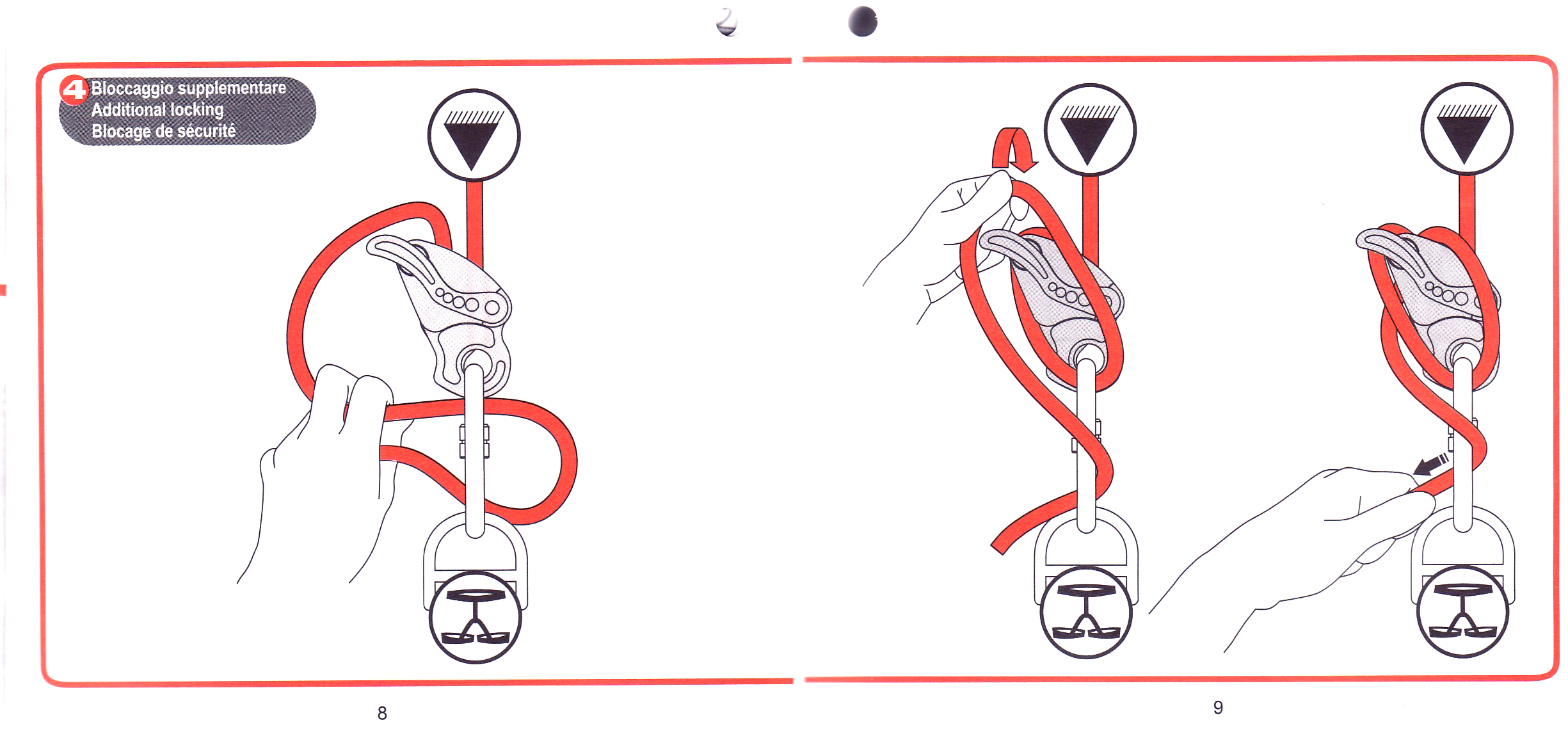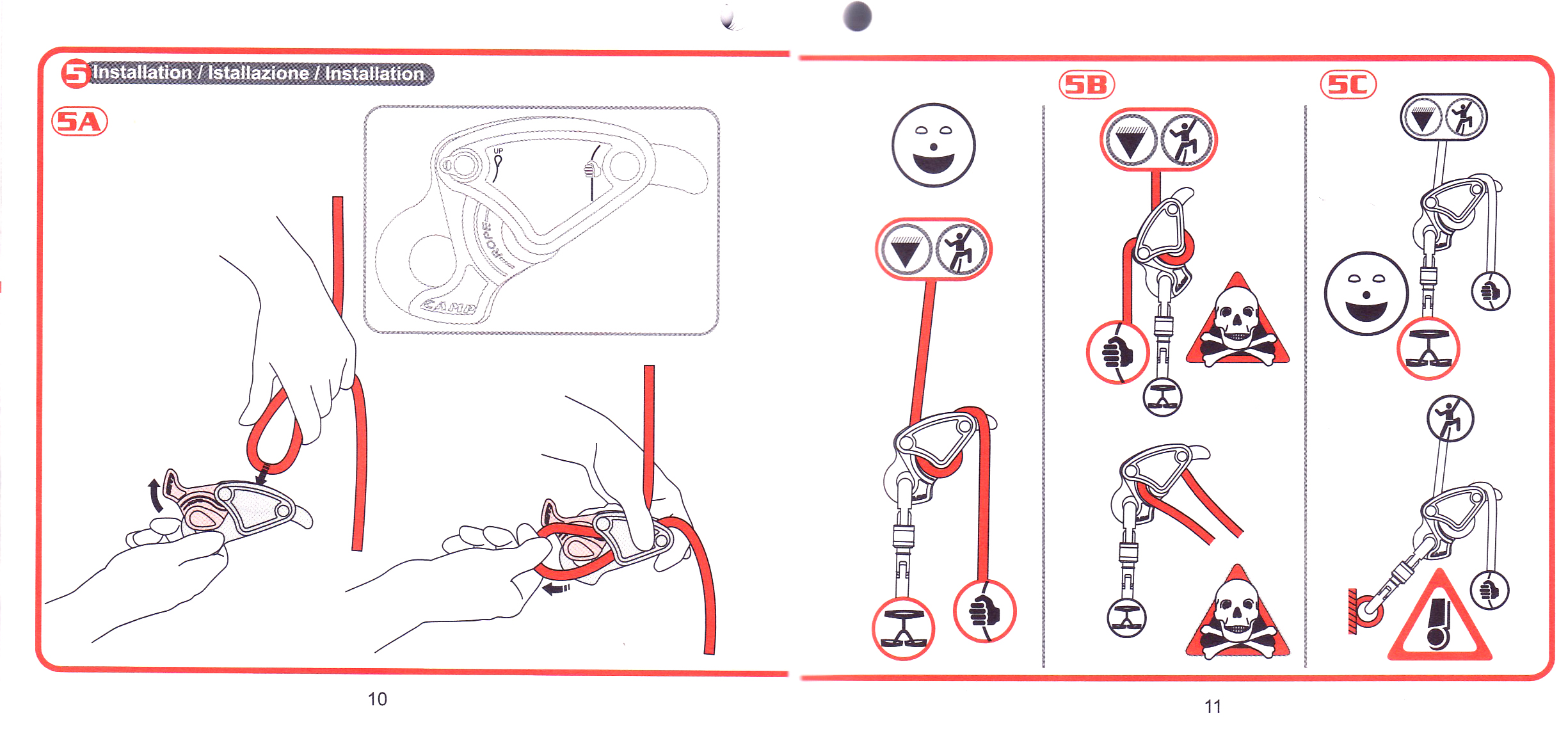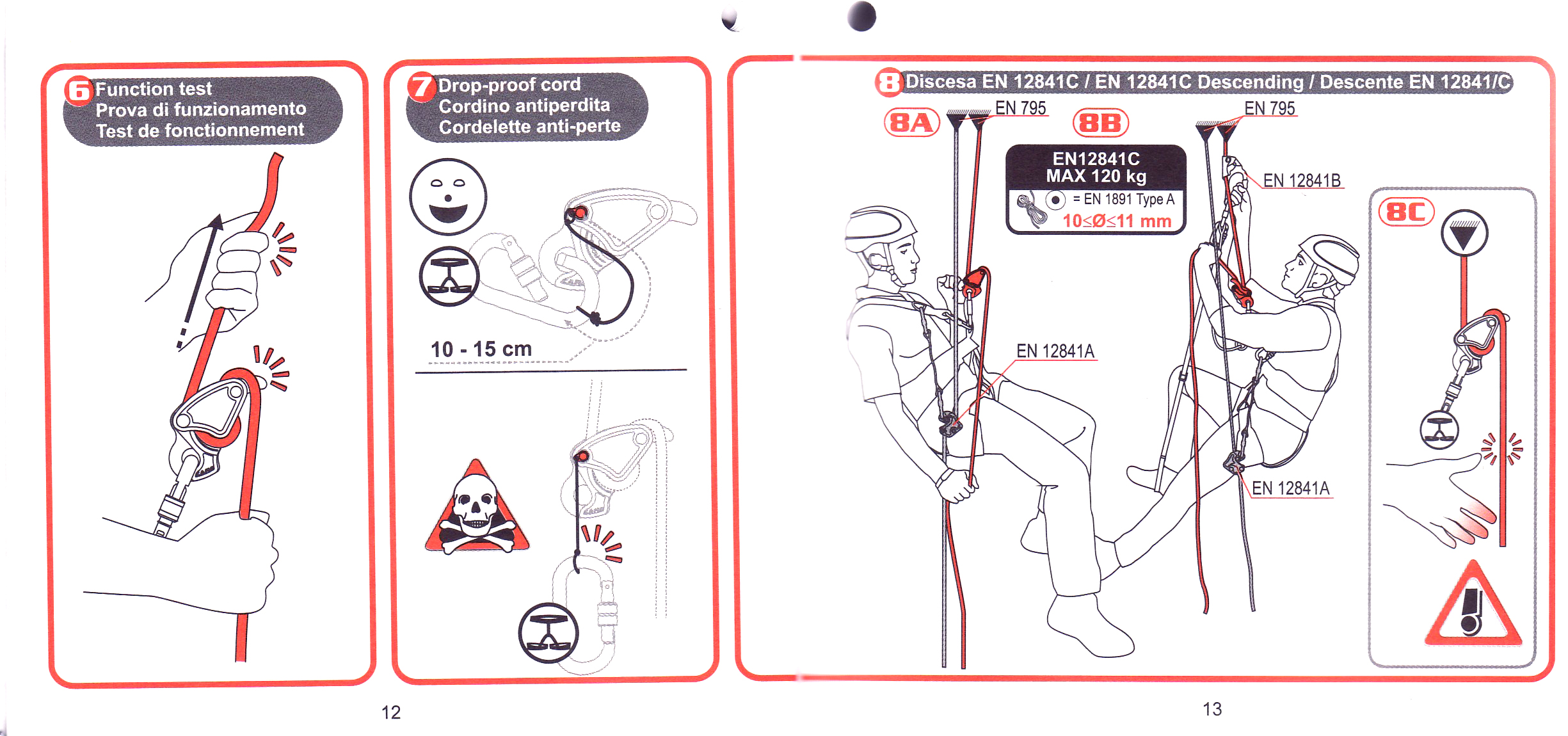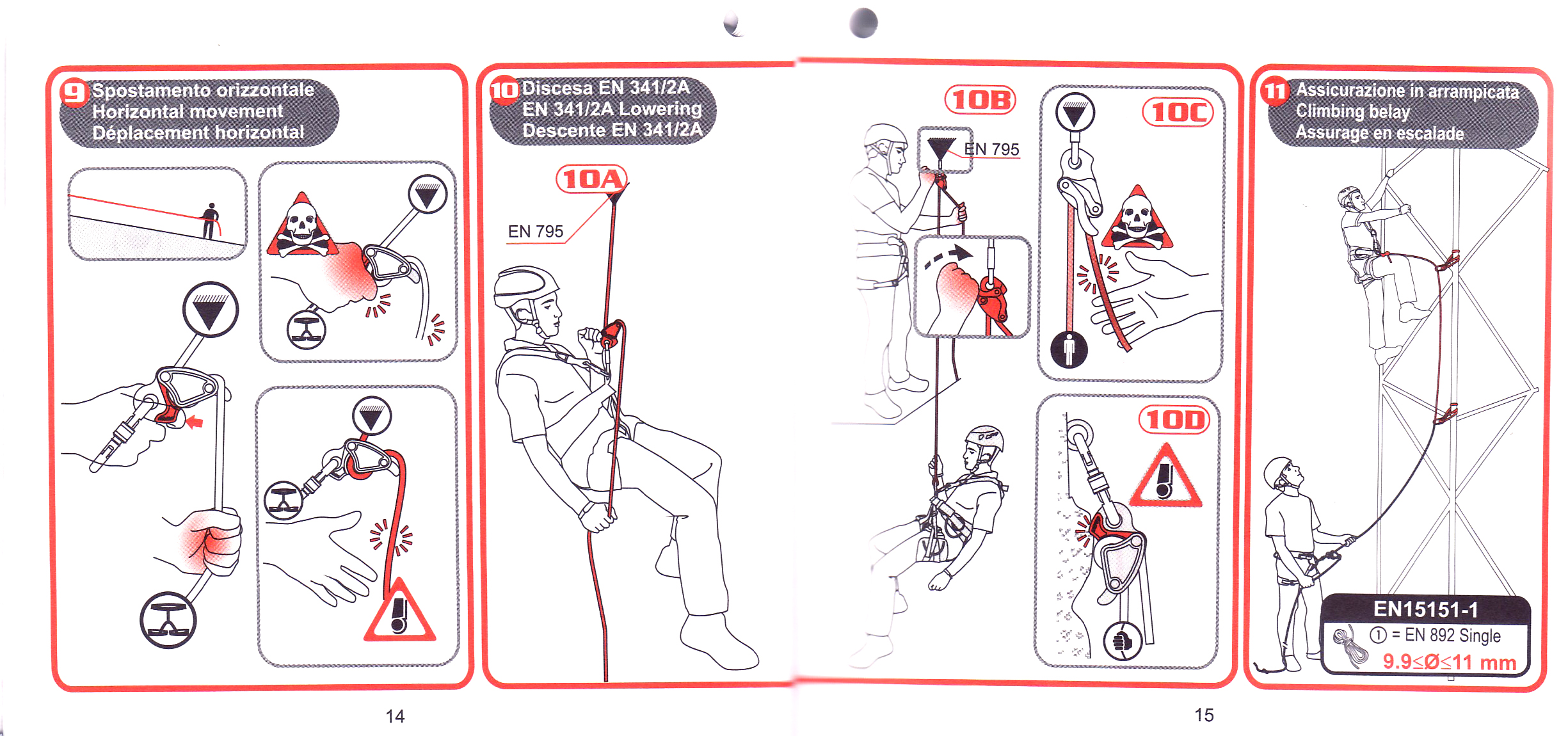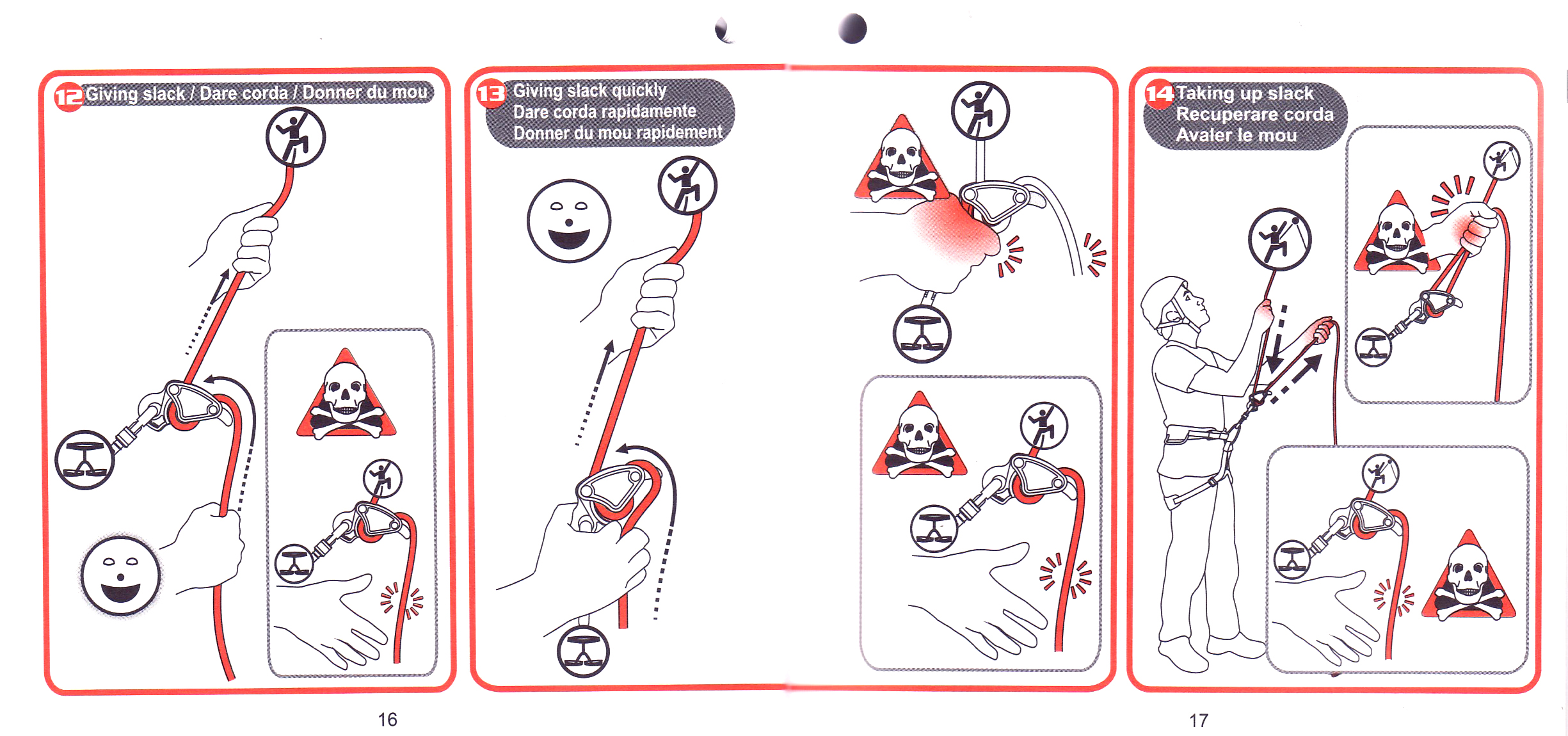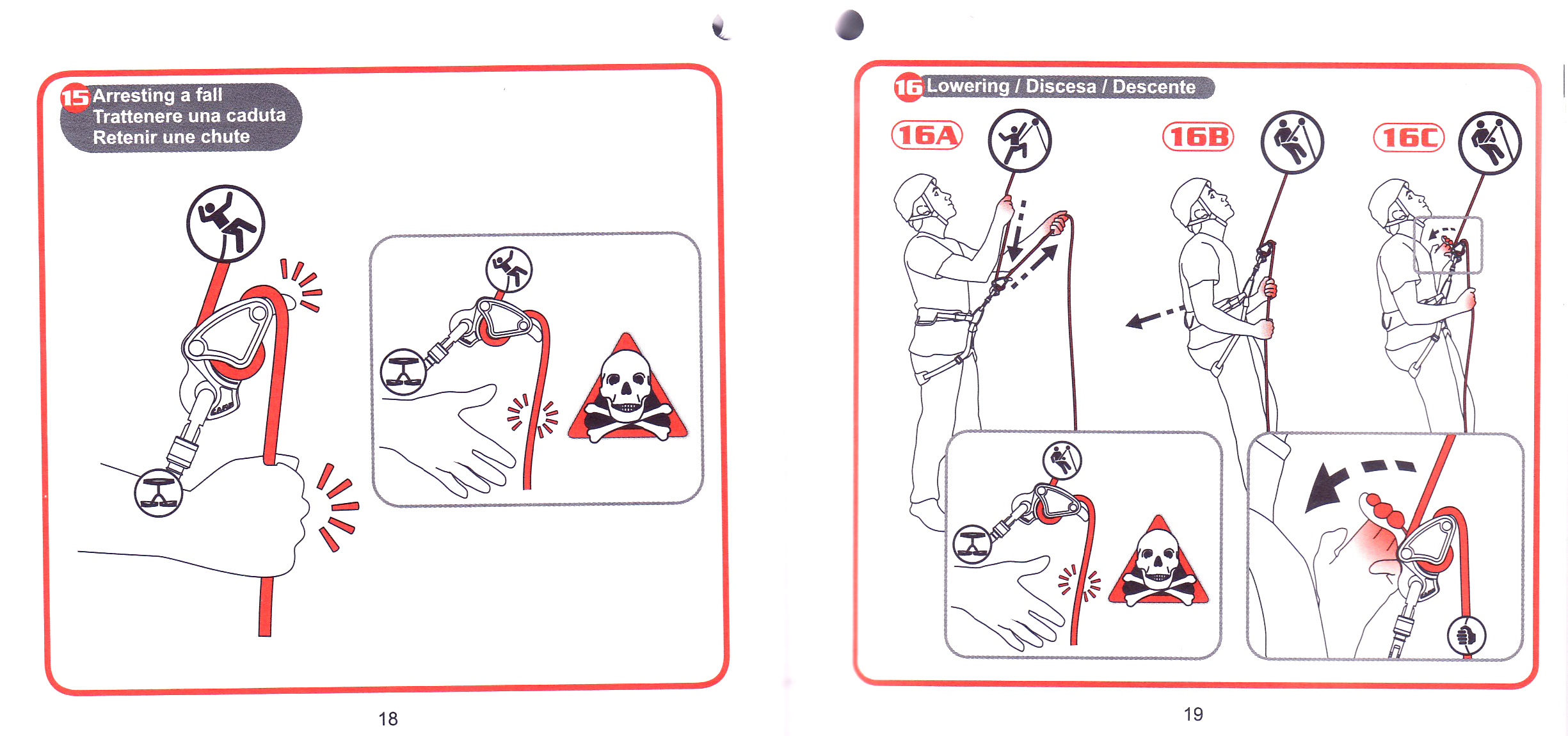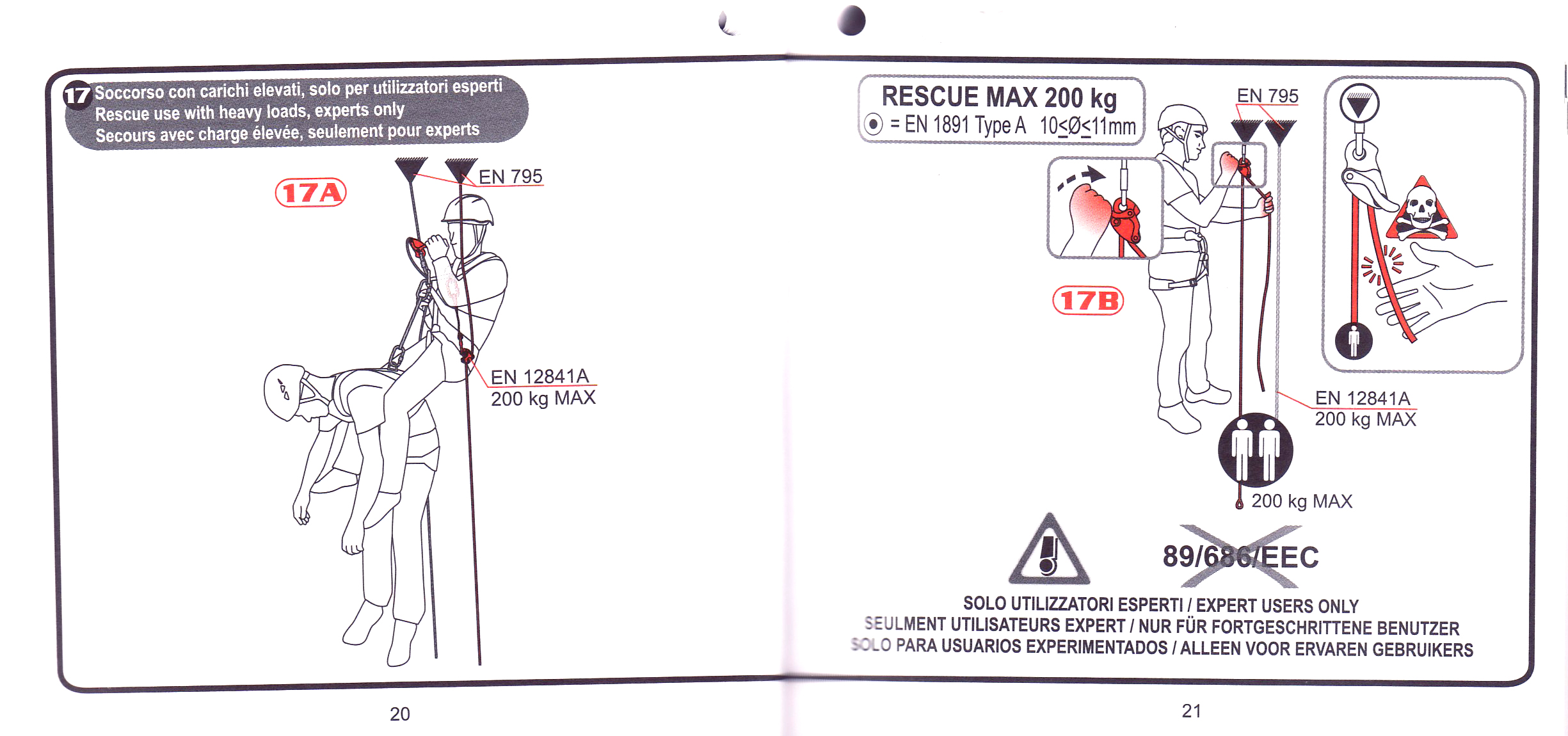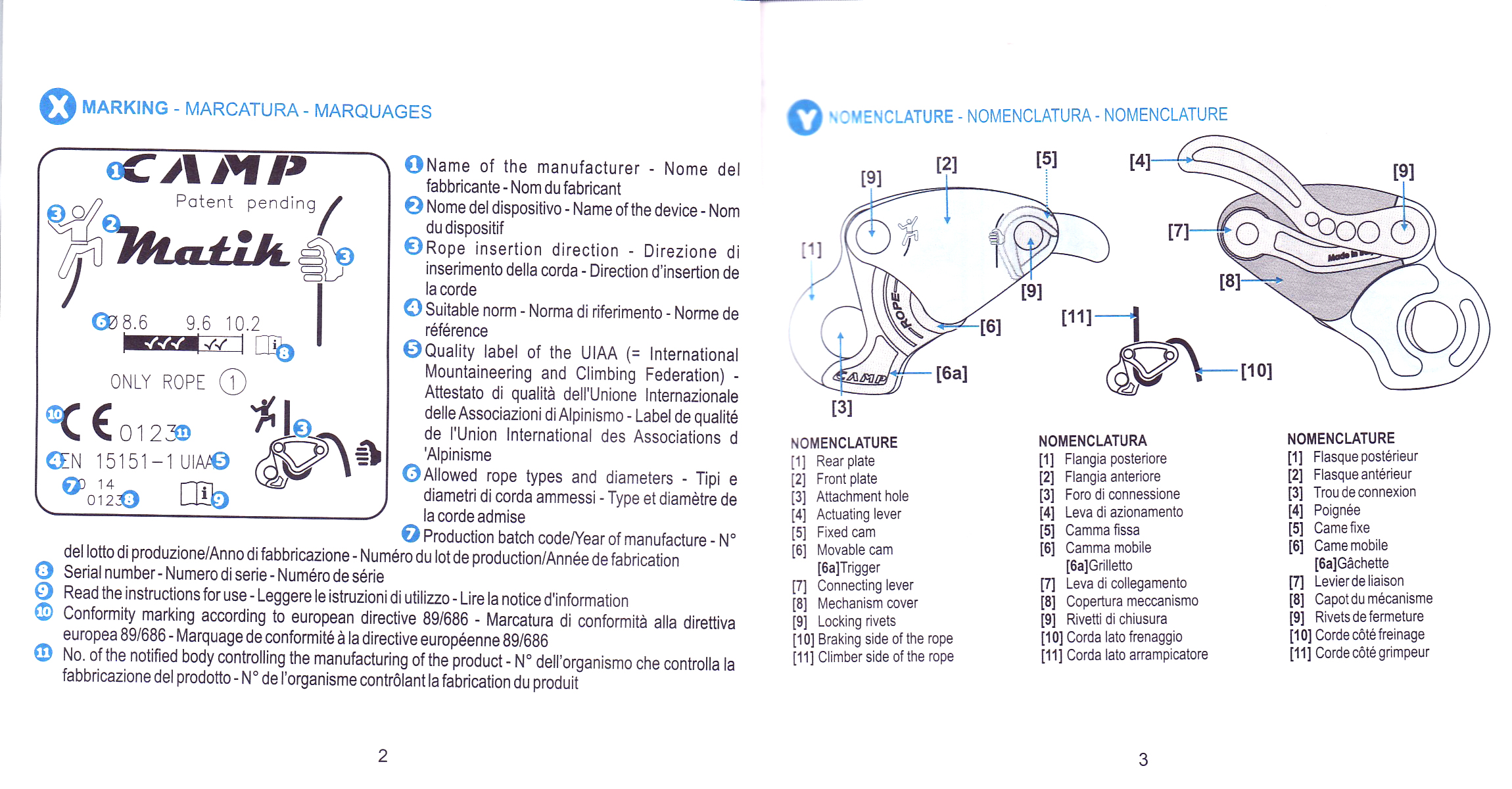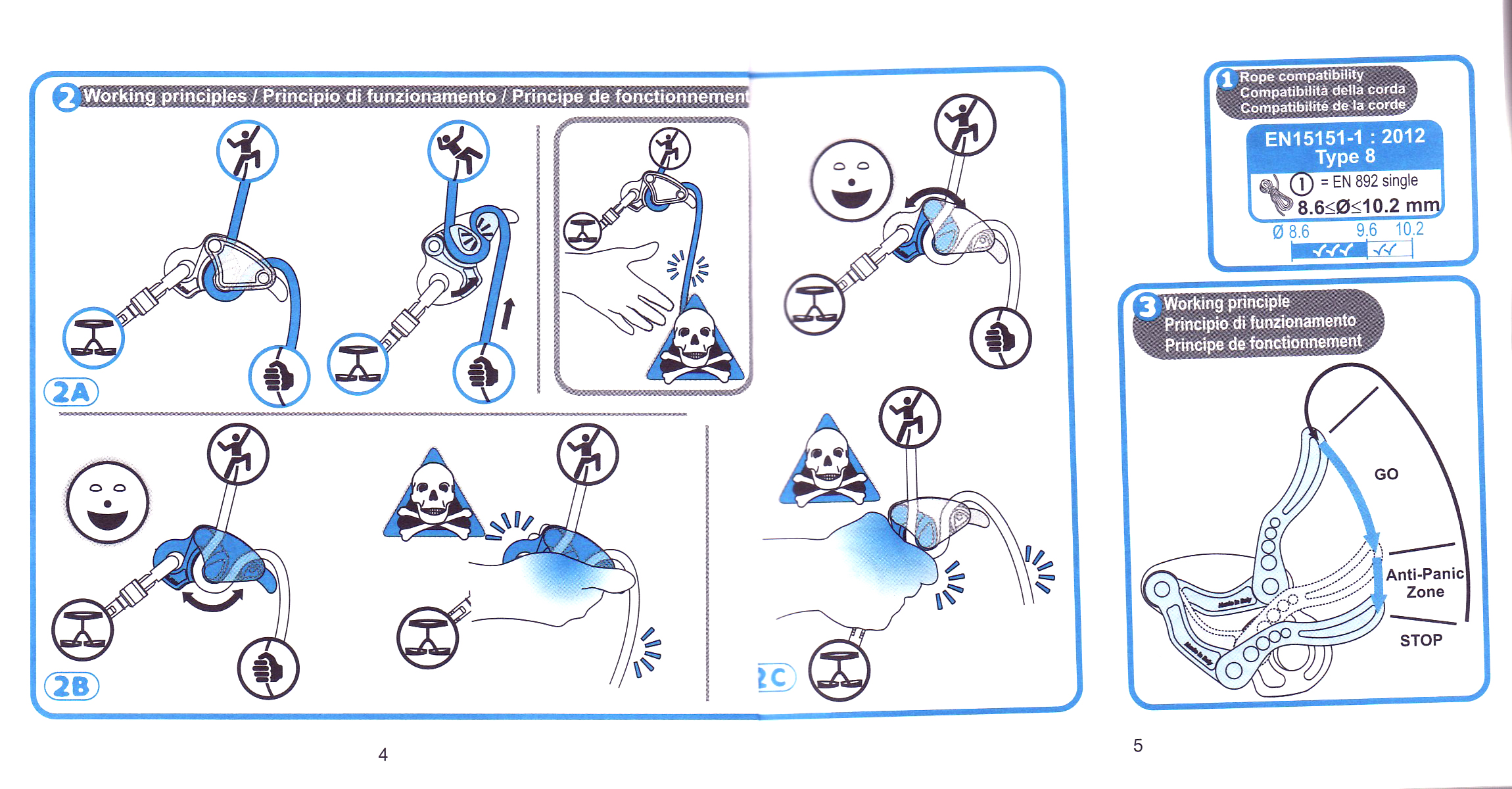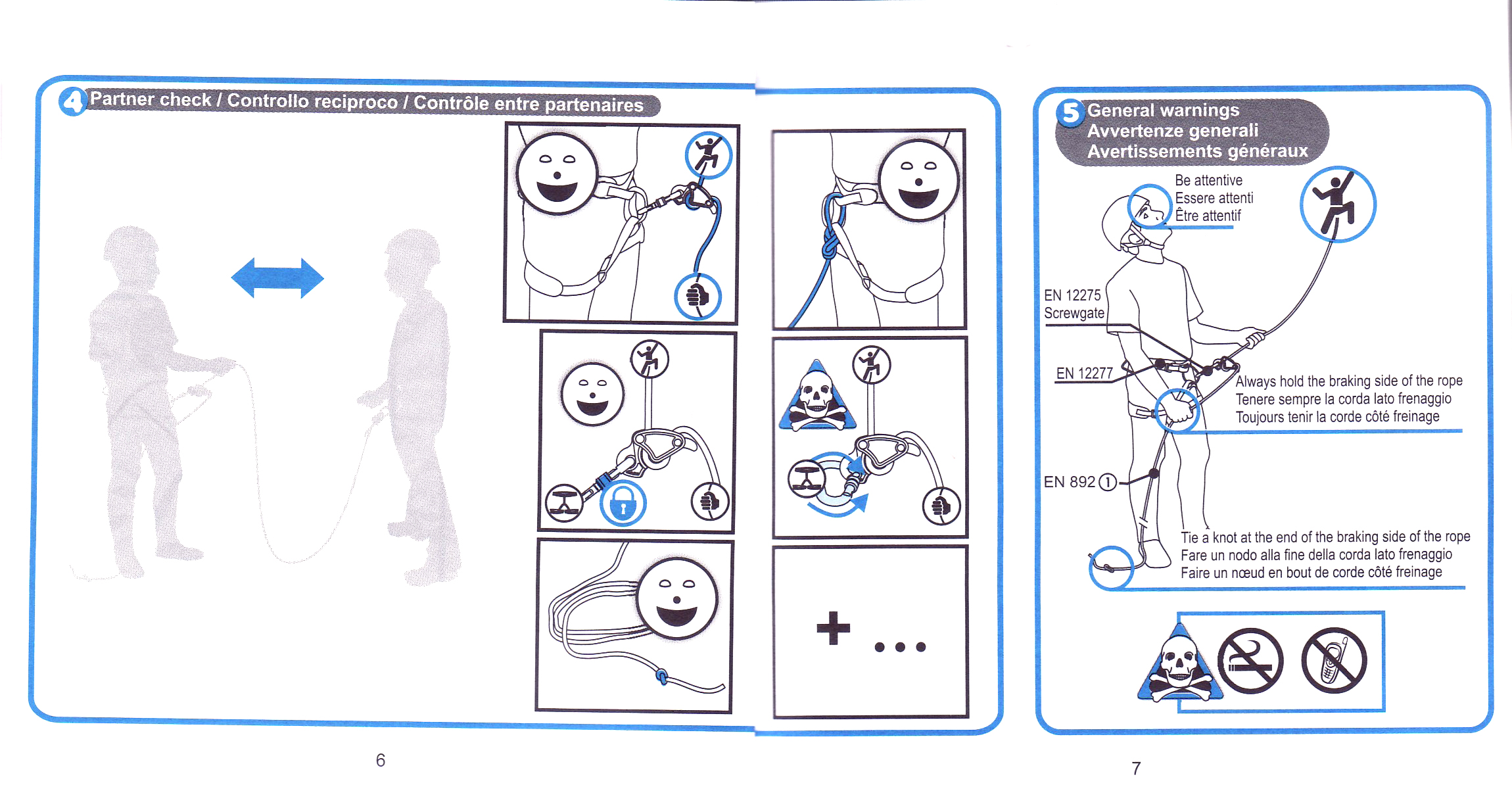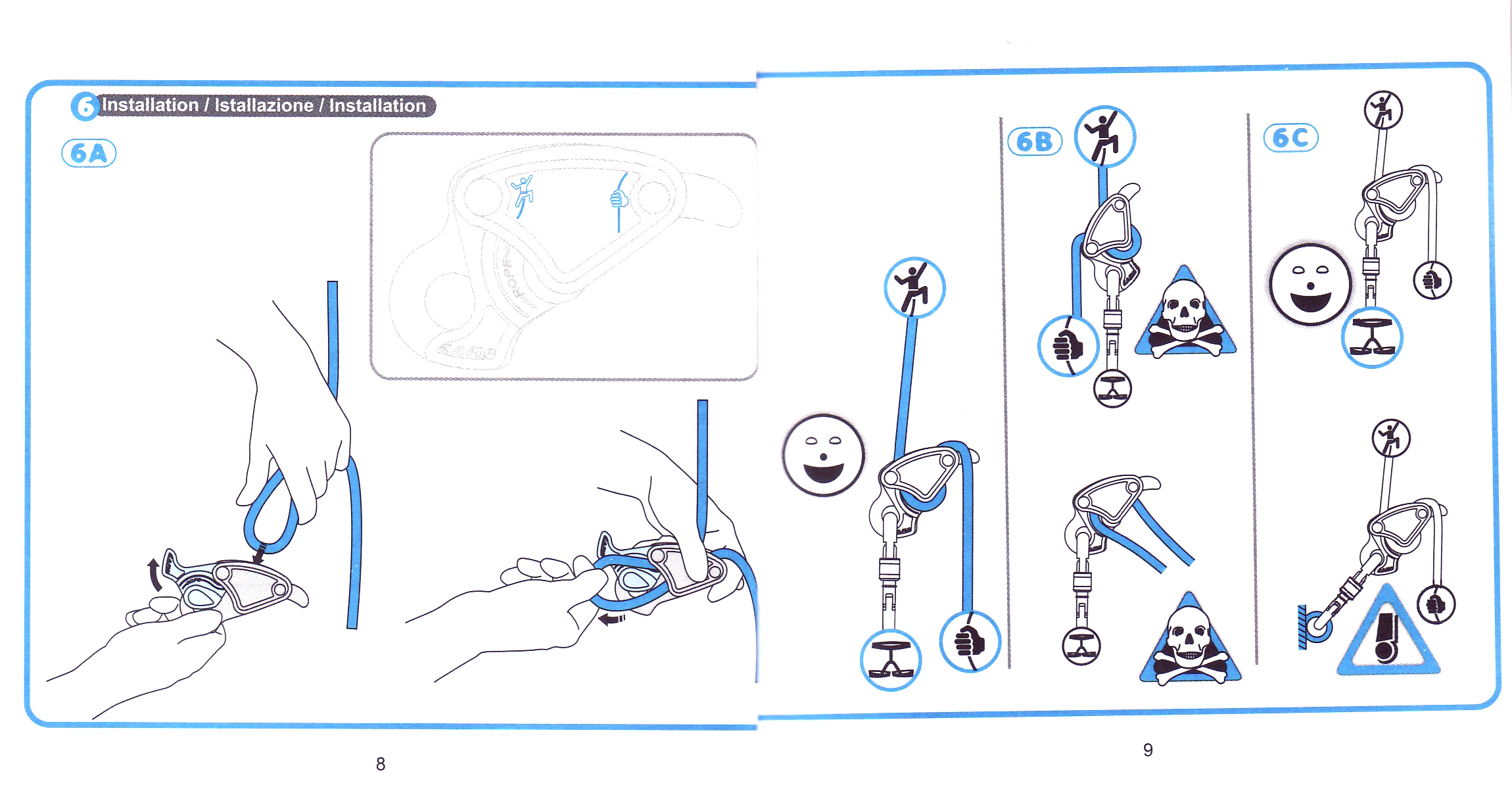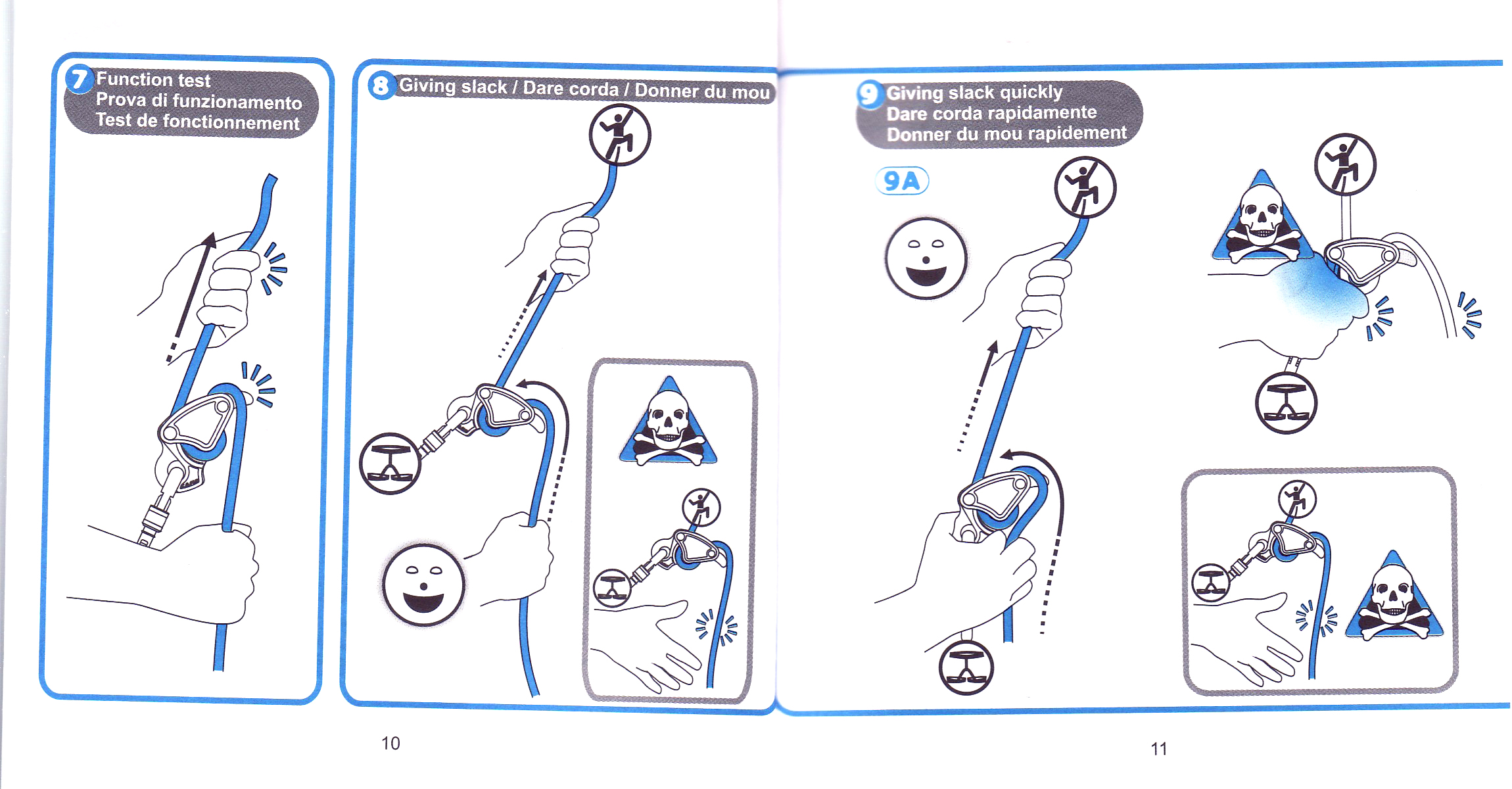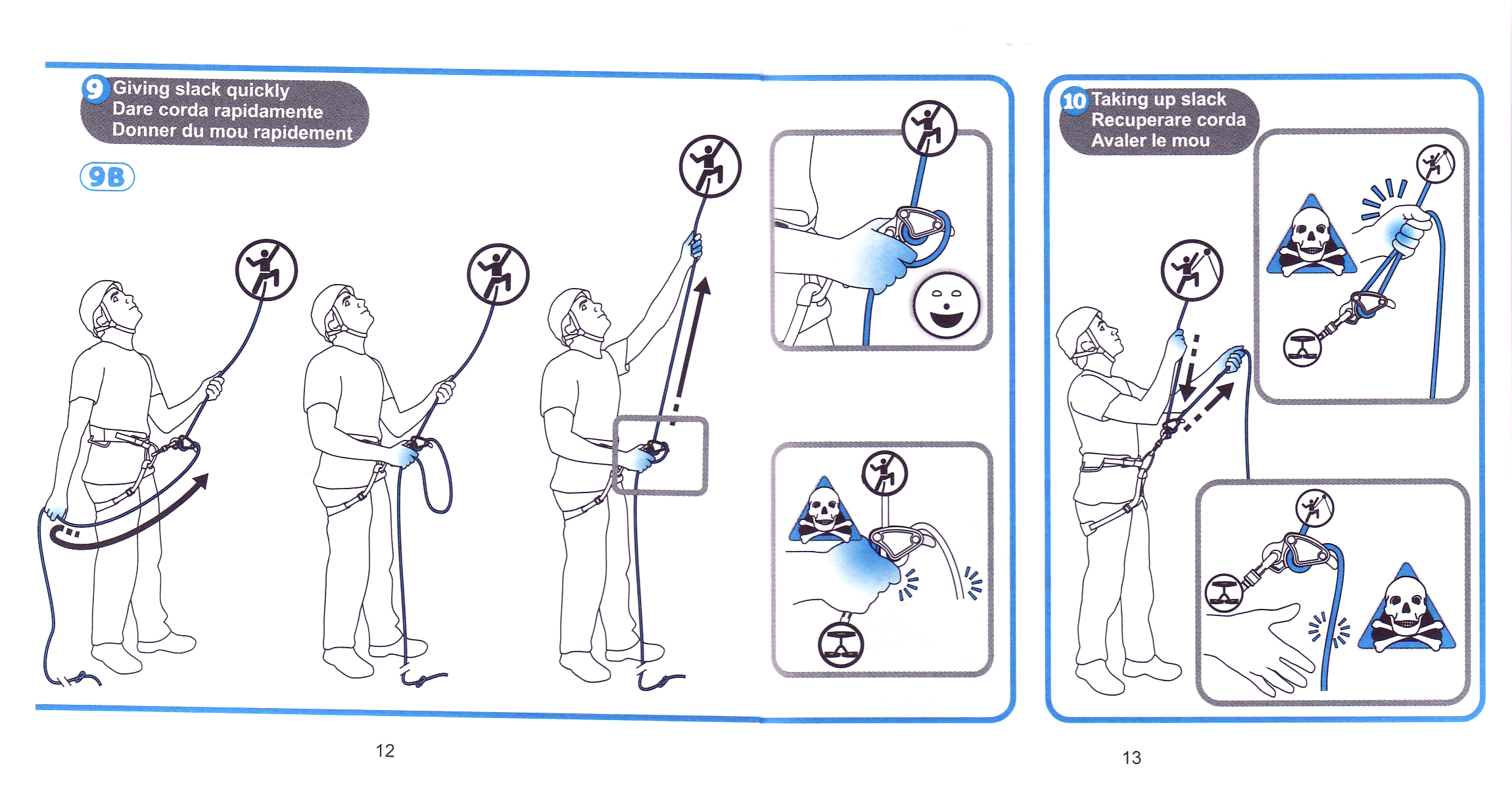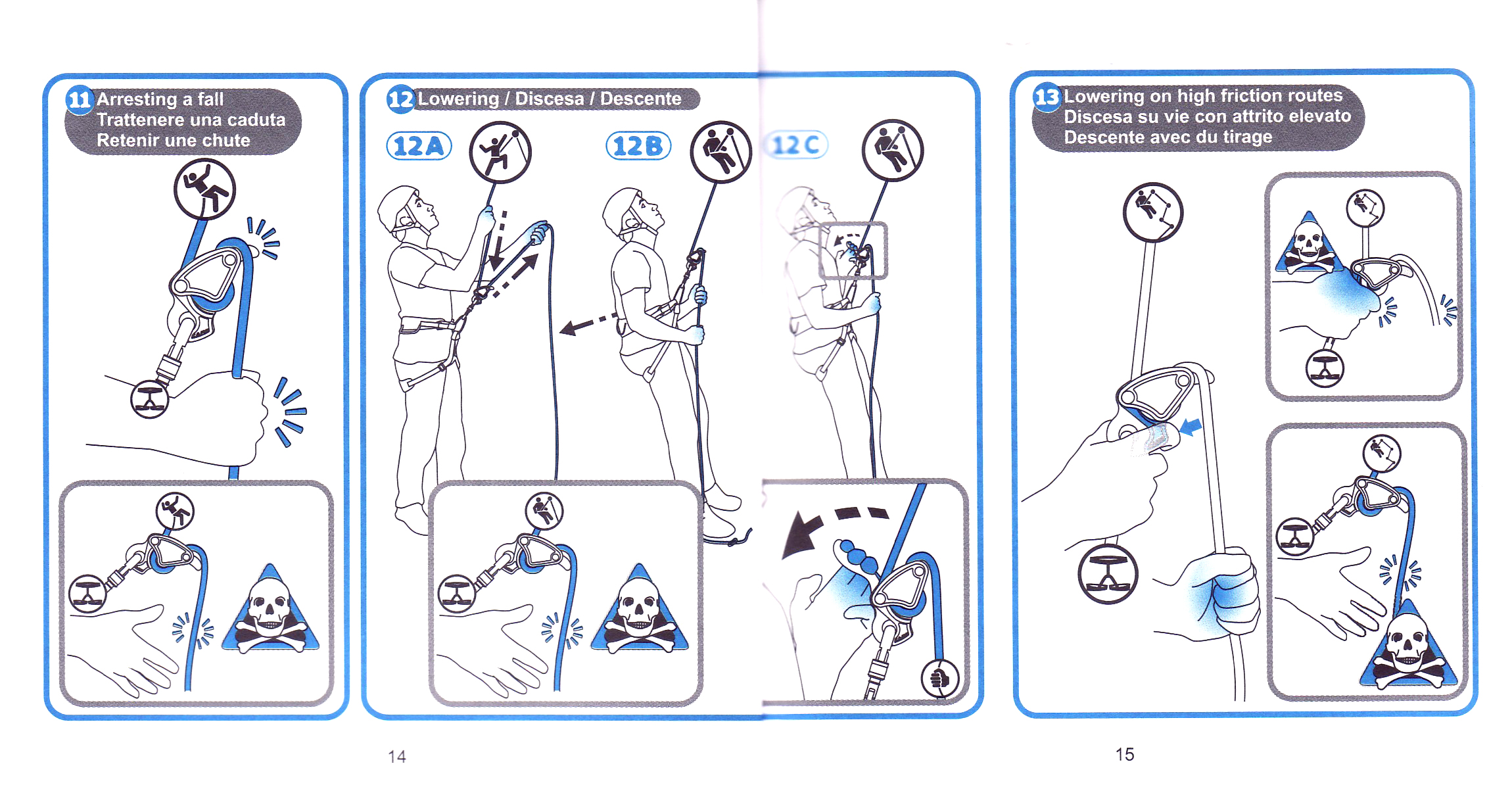Overview
History
Blacksmith Nicola Codega founded C.A.M.P. in 1889 to produce wrought-iron goods. The company first entered the climbing equipment business in 1920 when Nicola's son Antonio started making ice axes for the Italian Army Alpine Corps. The firm continued to grow and was handed down through the family.
From about 1950 through 1976, C.A.M.P. used a diamond-shaped logo bearing "D CN & FD CAMP" for "Ditta Codega Nicola & Figli De Codega Antonio Metilde Premana."
In 1968, C.A.M.P. entrusted Robert Charles Maillot and his firm Interalp to distribute C.A.M.P. products outside Italy. These products bore both C.A.M.P. and INTERALP logos. Their relationship continued until 1980.
C.A.M.P. changed its name to "Construzione Articoli Montagna Premana" in 1972.
In 1972 C.A.M.P. started using a new logo with "CAMP" inside a rounded rectangle above a mountain. The transition was completed around 1976.
C.A.M.P. introduced a new wolfs-head logo in 1992.
C.A.M.P. acquired Cassin in 1997.
In 2003 C.A.M.P. again changed the company name, this time to "Concezione Articoli Montagna Premana" and changed their logo to CAMP in italics.
C.A.M.P. introduced another new logo in 2022 and returned to the name "Construzione Articoli Montagna Premana."

Many C.A.M.P. products from recent decades have a product traceability code that indicates when they were made. Denis Pivot sent me the following "secret decoder ring" for interpreting these codes:
- Until and including 1995: The code is three or four digits. The first one or two indicate the batch number and the remaining two indicate the year.
- For example, "295" means second batch made in 1995.
- From 1996 through 2005, The code is a numeral indicating the batch nmuber and a letter in the Italian alphabet indicating the year, with A in 1996 through I in 2004 and L in 2005 (J and K do not exist) .
- For example, "1D" means the first batch made in 1999.
- From 2006 unttil 2016: The code is three digits. the first indicates the batch number and the remaining two indicate the year.
- For example, "216" means second batch made in 2016.
- From 2017 onward: The code is two two-digit numbers, where the first indicates the month and the second pair indicates the year.
- For example, "05 17" means it was made in May 2017.
Some products may not have received a product traceability code.
The Druid, Druid Pro, and Matik are closely-related devices and the differences may not be obvious without detailed inspection. Here is a summary of the major differences:
| |
Druid |
Druid Pro |
Matik |
Comments |
| Image: |
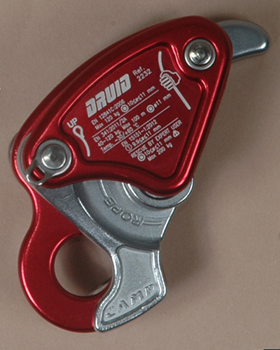 |
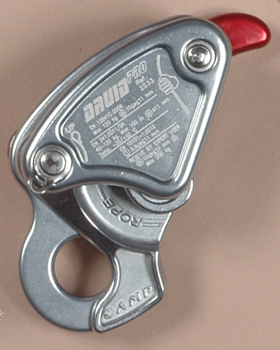 |
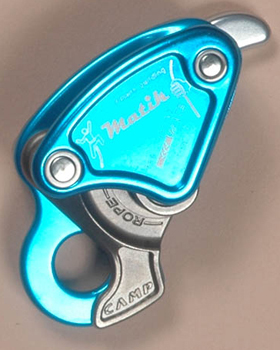 |
|
| C.A.M.P.’s Category: |
Auto-braking descender |
Auto-braking descender |
Belay-descender device |
Quoted from C.A.M.P. web site, downloaded 2016 |
| My Category: |
Lever box belay device |
Lever box belay device |
Lever box belay device |
Following C.A.M.P.’s lead here. I would have been comfortable calling the Druid and Druid Pro
Lever box descenders instead. |
| External differences: |
Has a cam stop inside the rope channel.
Has a small keeper ring
|
Has a cam stop inside the rope channel.
Has a small keeper ring
|
No cam stop inside the rope channel.
No keeper ring
|
The cam stop does not significantly restrict the range of cam movement. |
| Internal differences: |
Internal cam provides an anti-panic feature. |
Internal cam does not provide an anti-panic feature. |
Internal cam provides an anti-panic feature.
Spring for external cam is stronger than those on the others. |
Personally, I prefer the Druid Pro because I am not a fan of anti-panic systems.
That is a personal preference, you may feel differently. |
Appropriate Ropes
(per C.A.M.P. web site): |
Semi-static ropes
10 to 11 mm
Dynamic ropes
9.9 to 11 mm |
Semi-static ropes
10 to 11 mm
Dynamic ropes
9.9 to 11 mm |
No semi-static
ropes
Dynamic ropes
8.6 to 10.2 mm
|
Semi-static ropes are for rappelling only.
Dynamic ropes are for belaying.
|
Appropriate Ropes
(for certification, per manual): |
EN 1891 Type A, 10 to 11 mm
(for EN 12841C)
EN 1891 Type A, 11 mm
(for EN 341/2A)
EN 892 Single, 9.9 to 11 mm.
(for
EN 15151-1) |
EN 1891 Type A, 10 to 11 mm
(for EN 12841C)
EN 1891 Type A, 11 mm
(for EN 341/2A)
EN 892 Single, 9.9 to 11 mm.
(for
EN 15151-1) |
Not approved for use under
for EN 12841C
Not approved for use under
for EN 341/2
EN 892 Single, 8.6 to 10.2 mm.
(for EN 15151-1 type 8) |
The texts (as opposed to illustrations) in the respective instruction manuals
are nearly incomprehensible unless one has a knowledge of these standards.
Please read the first few paragraphs on my Standards
page for a perspective on standards. |
| Anti-panic system: |
"Proprietary anti-panic function in the lever re-engages the cam if the handle is pulled
too far where it could lead to unsafe descent speeds." |
"Designed for expert users; the lever does not have the anti-panic function." |
"Proprietary Anti-Panic system automatically blocks the rope if the user loses control of the descent." |
Quoted from C.A.M.P. web site, downloaded 2016
Personally, I prefer the Druid Pro because I am not a fan of anti-panic systems.
That is a personal preference, you may feel differently. |
[ Top
| Druid Pro
| Matik
| Return to Lever Box Belay Devices
]
Druid
(#1895)
Technical Details
I acquired my C.A.M.P. Druid from OmniProGear.com in 2017. It was made as part of the fourth batch of 2015.
The C.A.M.P. Druid is 65 mm. tall, 120 mm. wide, 47 mm. thick, and weighs 276 g.
The Druid has a spring-loaded, lever-controlled cam between two forged aluminum shell pieces. The shell pieces are held together by two rivets. The rear shell is elongated and is the larger of the two, with a 19.4 mm. eye for attaching to the belay anchor. The front shell is smaller. Both have inner extensions on the end opposite the eye, forming a rope channel. This channel is lined with a stainless steel shoe for added wear resistance. A small pin inside the channel acts as a cam stop.
The stainless steel cam pivots on the rivet closest to the eye. The rope runs through a groove formed in the cam. The cam swings open freely, but when closed to the working position, a spring resists further closure, allowing the rope to run freely. Under heavy load, the cam moves against the spring, pinching the rope against the shoe. A two-piece, spring-loaded lever behind the shell operates the cam. Pulling the lever downward forces the cam away from the shoe. If the lever is pulled to its limit, it releases the cam, allowing it to move toward the shoe again. A plastic cover between the rear shell and the lever hides the mechanism.
The front of the Druid is printed with rigging illustrations, "Druid," "Ref. 2232," EN 12841C:2006," "Max 120 kg," "•10≤ø≤11 mm," "EN 341:2011/2A," "40-120 kg. Max. 100 m," "•ø11 mm," "Temp.-30/+60 °C," "EN 15151-1:2012," "1 9.9"≤ø≤11 mm," "RESCUE BY EXPERT USER," "•10≤ø≤11 mm," a caution icon, and "Max 200 kg." The back plastic cover is printed with the "CAMP SAFETY" logo/ The rear frame is printed with "CE0123," "Patent Pending," a book-with-an-"i" icon, "Made in Italy," "4 15," and "1482." The lever is printed with "DOUBLE STOP - ANTIPANIC." The cam is printed with a rigging illustration, and has "CAMP" in raised letters and "ROPE" with a line in depressed letters.
The Druid has excellent workmanship and it functions well. It
is solid, but it is also heavy. This should not be a problem
for gym climbers or people who drive to the base of short sport
climbs, but I wouldn't consider lugging this one to a remote climb
or up a wall.
The lever action has an "anti-panic" feature: once the belayer
moves the lever past the release point, the lever function fails. While some people consider it a safety feature, I consider it an annoyance for people who know what they are doing.
The lever function provides partial backup for the belayer
not knowing how to use the lever, but like all such devices, it
relies on the belayer being completely incompetent rather than
partially incompetent - by definition, a partially incompetent
belayer would drop me too fast without moving the lever past the
release point. I'm not convinced that this sort of feature is
an improvement on selecting a competent belayer - or not falling
in the first place.
My Druid came with a 192-page instruction book written in eighteen languages. While the illustrations are good, the text in the manual is nearly incomprehensible unless one has a knowledge of the international standards.
[ Top
| Druid
| Matik
| Return to Lever Box Belay Devices
]
Druid Pro
(#1892)
Technical Details
I acquired my C.A.M.P. Druid Pro from Expé-Spelemat in 2016. It was made as part of the second batch of that year.
The C.A.M.P. Druid Pro is 65 mm. tall, 120 mm. wide, 47 mm. thick, and weighs 280 g.
The Druid Pro has a spring-loaded, lever-controlled cam between two forged aluminum shell pieces. The shell pieces are held together by two rivets. The rear shell is elongated and is the larger of the two, with a 19.4 mm. eye for attaching to the belay anchor. The front shell is smaller. Both have inner extensions on the end opposite the eye, forming a rope channel. This channel is lined with a stainless steel shoe for added wear resistance. A small pin inside the channel acts as a cam stop.
The stainless steel cam pivots on the rivet closest to the eye. The rope runs through a groove formed in the cam. The cam swings open freely, but when closed to the working position, a spring resists further closure, allowing the rope to run freely. Under heavy load, the cam moves against the spring, pinching the rope against the shoe. A two-piece, spring-loaded lever behind the shell operates the cam. Pulling the lever downward forces the cam away from the shoe. There is no "anti-panic" feature.
The front of the Druid Pro is printed with rigging illustrations, "Druid Pro," "Ref. 2233," EN 12841C:2006," "Max 120 kg," "•10≤ø≤11 mm," "EN 341:2011/2A," "40-120 kg. Max. 100 m," "¤ø11 mm," "Temp.-30/+60 °C," "EN 15151-1:2012," "1 9.9"≤ø≤11 mm," "RESCUE BY EXPERT USER," "•10≤ø≤11 mm," a caution icon, and "Max 200 kg." The back plastic cover is printed with the "CAMP SAFETY" logo/ The rear frame is printed with "CE0123," "Patent Pending," a book-with-an-"i" icon, "Made in Italy," "2 16," and "1380." The lever is printed with "DOUBLE STOP - NO ANTIPANIC." The cam is printed with a rigging illustration, and has "CAMP" in raised letters and "ROPE" with a line in depressed letters.
The Druid Pro has excellent workmanship and it functions well. It
is solid, but it is also heavy. This should not be a problem
for gym climbers or people who drive to the base of short sport
climbs, but I wouldn't consider lugging this one to a remote climb
or up a wall.
The Druid Pro does not have the annoying "anti-panic" feature that the Druid has; otherwise, the two are essentially equivalent.
My Druid Pro came with a 192-page instruction book written in eighteen languages. This is the same book as the one provided with the Druid. While the illustrations are good, the text in the manual is nearly incomprehensible unless one has a knowledge of the international standards.
[ Top
| Druid
| Druid Pro
| Return to Lever Box Belay Devices
]
Matik
(#1873)
Technical Details
I acquired my C.A.M.P. Matik from Expé-Spelemat in 2015. It was made as part of the second batch of 2014.
The C.A.M.P. Matik is 65 mm. tall, 120 mm. wide, 47 mm. thick, and weighs 277 g.
The Matik has a spring-loaded, lever-controlled cam between two forged aluminum shell pieces. The shell pieces are held together by two rivets. The rear shell is elongated and is the larger of the two, with a 19.4 mm. eye for attaching to the belay anchor. The front shell is smaller. Both have inner extensions on the end opposite the eye, forming a rope channel. This channel is lined with a stainless steel shoe for added wear resistance.
The stainless steel cam pivots on the rivet closest to the eye. The rope runs through a groove formed in the cam. The cam swings open freely, but when closed to the working position, a spring resists further closure, allowing the rope to run freely. Under heavy load, the cam moves against the spring, pinching the rope against the shoe. A two-piece, spring-loaded lever behind the shell operates the cam. Pulling the lever downward forces the cam away from the shoe. If the lever is pulled to its limit, it releases the cam, allowing it to move toward the shoe again. A plastic cover between the rear shell and the lever hides the mechanism.
The front of the Matik is printed with rigging illustrations, "Patent pending," "Matik," "Ø8.6 9.6 10.2" over a split bar with three check marks in the left bar and two more in the right, a book-with-an-"i" icon, "ONLY ROPE," and "1." The back plastic cover is printed with "CAMP." The rear frame is printed with "CE0123," "EN 15151-1 UIAA," a book-with-an-"i" icon, "2 14," and "0090." The cam is printed with a rigging illustration, and has "CAMP" in raised letters and "ROPE" with a line in depressed letters.
The Matik has excellent workmanship and it functions well. It
is solid, but it is also heavy. This should not be a problem
for gym climbers or people who drive to the base of short sport
climbs, but I wouldn't consider lugging this one to a remote climb
or up a wall.
The lever action has an "anti-panic" feature: once the belayer
moves the lever past the release point, the lever function fails. While some people consider it a safety feature, I consider it an annoyance for people who know what they are doing.
The lever function provides partial backup for the belayer
not knowing how to use the lever, but like all such devices, it
relies on the belayer being completely incompetent rather than
partially incompetent - by definition, a partially incompetent
belayer would drop me too fast without moving the lever past the
release point. I'm not convinced that this sort of feature is
an improvement on selecting a competent belayer - or not falling
in the first place.
My Matik came with a 95-page instruction book written in ten languages. While the illustrations are good, the text in the manual is nearly incomprehensible unless one has a knowledge of the international standards.
[ Top
| Druid
| Druid Pro
| Matik
]







